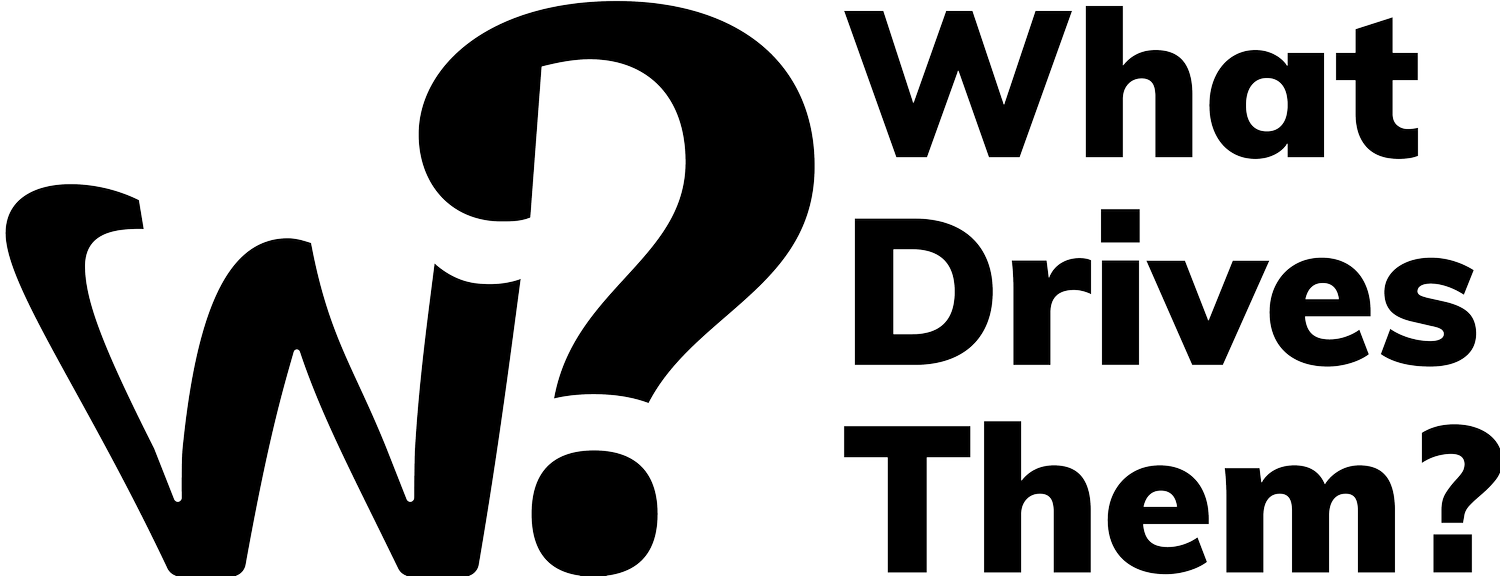“Motivation vs Ability” which should we design for?
In the world of design, understanding user behavior is key.
But what drives this behavior?
Two factors often come to the fore: motivation and ability.
Motivation, the inner drive that pushes us to act, is a tricky beast. It's often hard to predict and even harder to control.
On the other hand, ability, the ease with which a user can perform a task, is more tangible. It's something we can design for, making tasks simpler and more intuitive.
So, in the battle of motivation vs ability, which should we design for? Let's dive in and find out.
Understanding the Dynamics of Motivation and Ability
Motivation and ability are two sides of the same coin.
They both play a crucial role in shaping user behavior.
Motivation is the internal drive that propels us to act. It's influenced by factors like personal interests, rewards, and social influence. However, it's often unpredictable and fluctuates over time.
Ability, on the other hand, is about how easy or hard it is for a user to perform a task. It's influenced by factors like:
The complexity of the task
The user's prior knowledge and skills
The user's physical and cognitive capabilities
The design of the product or service
Understanding these dynamics is the first step in designing for motivation and ability.
Dr. Bj Fogg's Behavior Model Explained
Dr. Bj Fogg, a renowned behavior scientist, developed a model that sheds light on this topic.
His Behavior Model posits that for a behavior to occur, three elements must converge at the same moment: motivation, ability, and a prompt.
In this model, motivation and ability are on a trade-off relationship. When motivation is high, users can perform hard tasks. But when motivation is low, only easy tasks can be performed.
The model also emphasizes the role of prompts. These are cues that trigger the behavior. They work best when the user has both high motivation and high ability.
Understanding this model can guide us in designing products or services that effectively influence user behavior.
The Challenge of Designing for Motivation
Designing for motivation can be a tricky business. Motivation is a complex, dynamic force that can fluctuate wildly from moment to moment.
One day, a user might be highly motivated to learn a new skill or adopt a new habit. The next day, that motivation might wane.
This is why motivation is often considered a hard-to-control variable in design. It's unpredictable and highly personal, influenced by a myriad of factors from mood to personal values.
Despite these challenges, understanding and leveraging user motivation can lead to compelling, engaging experiences. But it requires a deep understanding of your users and a willingness to continually test and refine your approach.
Why Ability is a More Reliable Design Target
In contrast to the fickle nature of motivation, ability tends to be a more stable factor. It's something that can be directly influenced and improved through design.
When we design for ability, we focus on making tasks easier for users. We simplify processes, remove barriers, and provide the tools and resources users need to succeed.
This approach can lead to more consistent user engagement. When tasks are easy and straightforward, users are more likely to complete them, regardless of their level of motivation.
In essence, designing for ability is about empowering users. It's about creating a user experience that is accessible, intuitive, and satisfying, regardless of a user's skill level or prior knowledge.
Balancing the Scale: Strategies for Designing for Both Motivation and Ability
Designing for both motivation and ability can seem like a daunting task. However, it's not an either-or situation. The key is to find a balance that caters to both aspects effectively.
One strategy is to start with ability. Make the user's task as easy as possible. Then, layer on elements that enhance motivation. This could be through rewards, social recognition, or personalization.
Here are a few strategies to consider:
Simplicity: Keep interfaces and processes simple and intuitive. The easier a task is to complete, the less motivation a user needs to have.
Personalization: Tailor experiences to individual users. This can increase motivation by making the experience more relevant and engaging.
Rewards and Incentives: Offer rewards or incentives for task completion. This can boost motivation, especially for more complex or time-consuming tasks.
Social Recognition: Leverage the power of social influence. Seeing others succeed can motivate users to engage and succeed themselves.
Clear Value Proposition: Ensure users understand the value they will get from completing a task. This can significantly increase their motivation to engage.
Remember, the goal is not to manipulate users, but to create an experience that is genuinely beneficial and enjoyable for them. By balancing motivation and ability, we can design experiences that users love and keep coming back to.
The Role of AI in Understanding and Predicting User Behavior
Artificial Intelligence (AI) is revolutionizing the way we understand and predict user behavior. It's a game-changer, but it doesn't mean we're heading towards obsolescence. Instead, it's a tool that can enhance our understanding of motivation and ability.
AI can analyze vast amounts of data to identify patterns and trends. It can predict user behavior, helping us design for both motivation and ability more effectively. For instance, AI can identify when a user is likely to disengage, allowing us to intervene with targeted prompts or incentives.
However, AI is not a magic bullet. It's a tool to aid our understanding, not replace it. We still need to apply our knowledge of user behavior, psychology, and design principles to create experiences that resonate with users. AI can guide us, but the human touch in design is irreplaceable.
Leveraging Consumer Behavior Knowledge in Design
Understanding consumer behavior is key to designing for both motivation and ability. It's about getting into the minds of your users, understanding their needs, desires, and pain points. This knowledge can guide your design decisions, helping you create experiences that resonate with your users.
But how do you gain this understanding? It's a combination of user research, analytics, and empathy. User research can reveal insights about your users' motivations and abilities. Analytics can provide hard data on how users interact with your product. And empathy allows you to put yourself in your users' shoes, understanding their experiences on a deeper level.
In essence, leveraging consumer behavior knowledge in design is about creating a bridge between your users and your product. It's about designing experiences that meet users where they are, making their interactions with your product as seamless and enjoyable as possible.
Case Studies: Success Stories of Ability-Focused Design
Let's take a look at some real-world examples of ability-focused design. One standout is the ride-hailing app, Uber. Uber's success can be largely attributed to its focus on user ability. The app simplifies the process of hailing a ride, making it accessible to users regardless of their tech-savviness.
Another example is the popular language-learning app, Duolingo. Duolingo breaks down the complex task of learning a new language into bite-sized lessons. This makes the process less daunting and more manageable, enhancing the user's ability to stick with it and learn effectively.
These case studies highlight the power of designing for ability. By making tasks easier for users, you can enhance their engagement, satisfaction, and ultimately, their loyalty to your product. It's a strategy that can drive growth and profitability in a competitive market.
Conclusion: The Future of Design in the Age of AI
As we move further into the age of AI, the role of design in shaping user behavior will only grow in importance. AI offers exciting possibilities for understanding and predicting user motivation, but it's clear that ability remains a crucial factor to consider in design.
In conclusion, the debate between motivation vs ability isn't about choosing one over the other. It's about finding the right balance and understanding how these two factors interact in your specific context. By doing so, you can create experiences that truly resonate with your users and drive your business forward.

